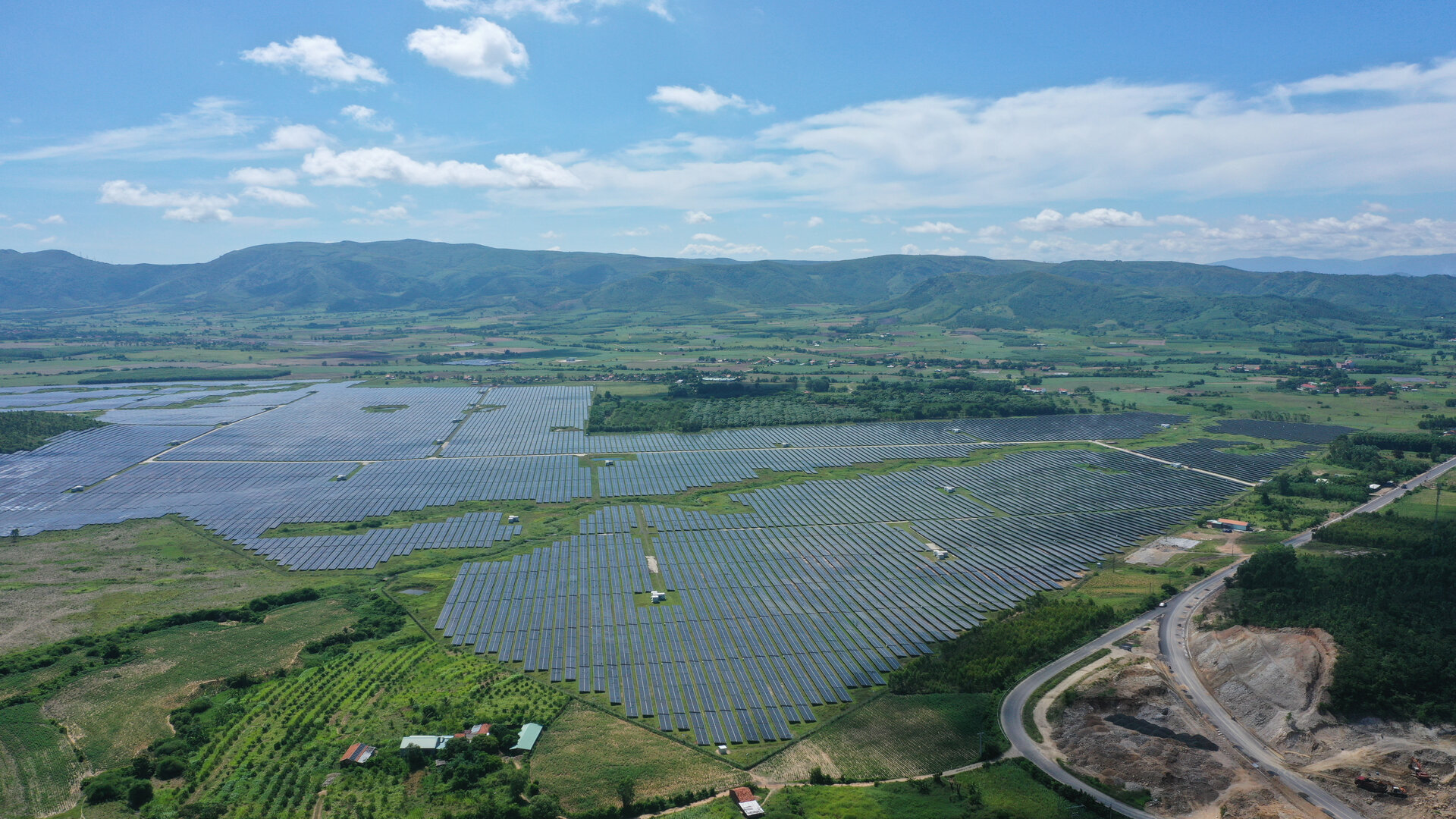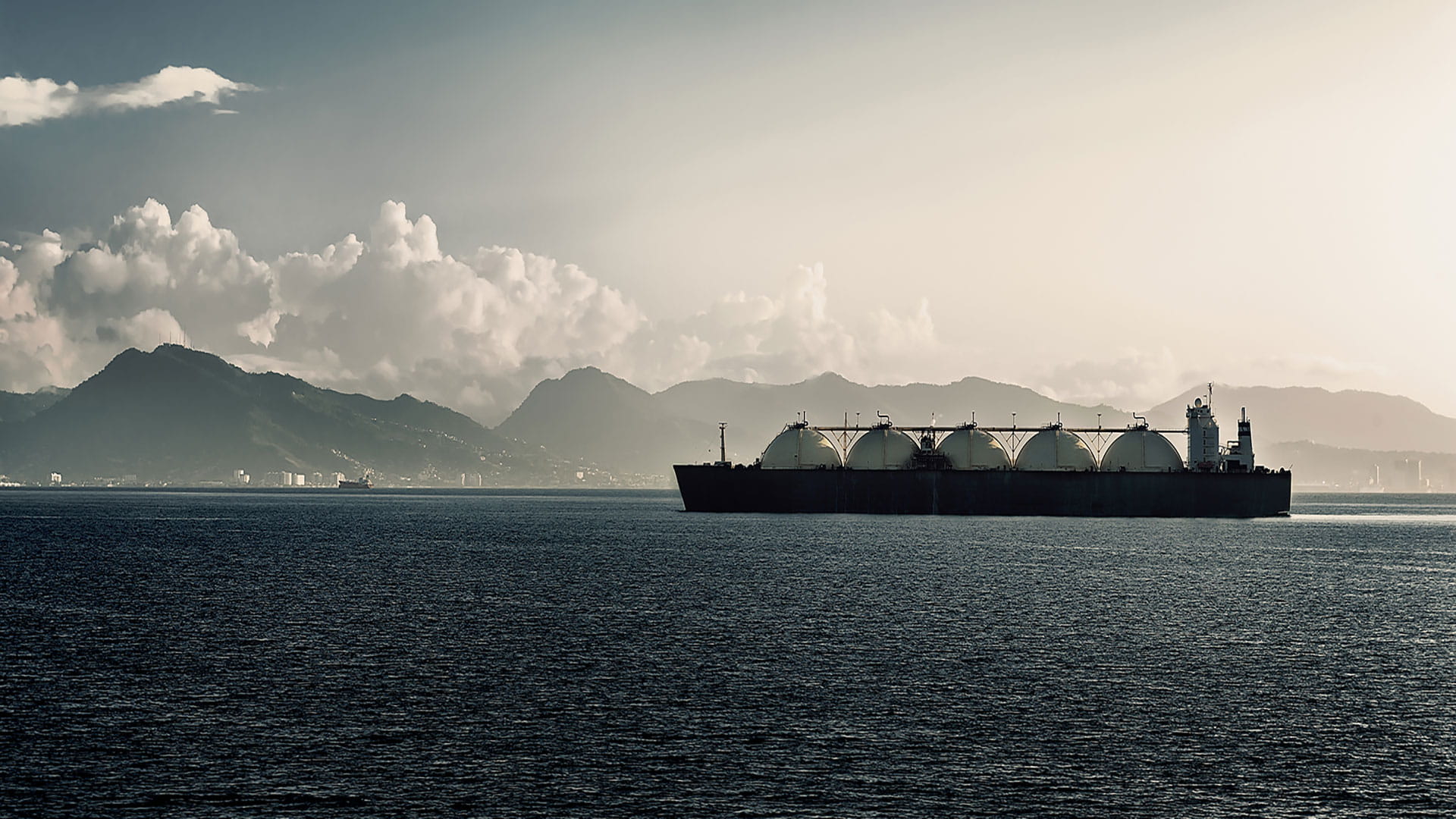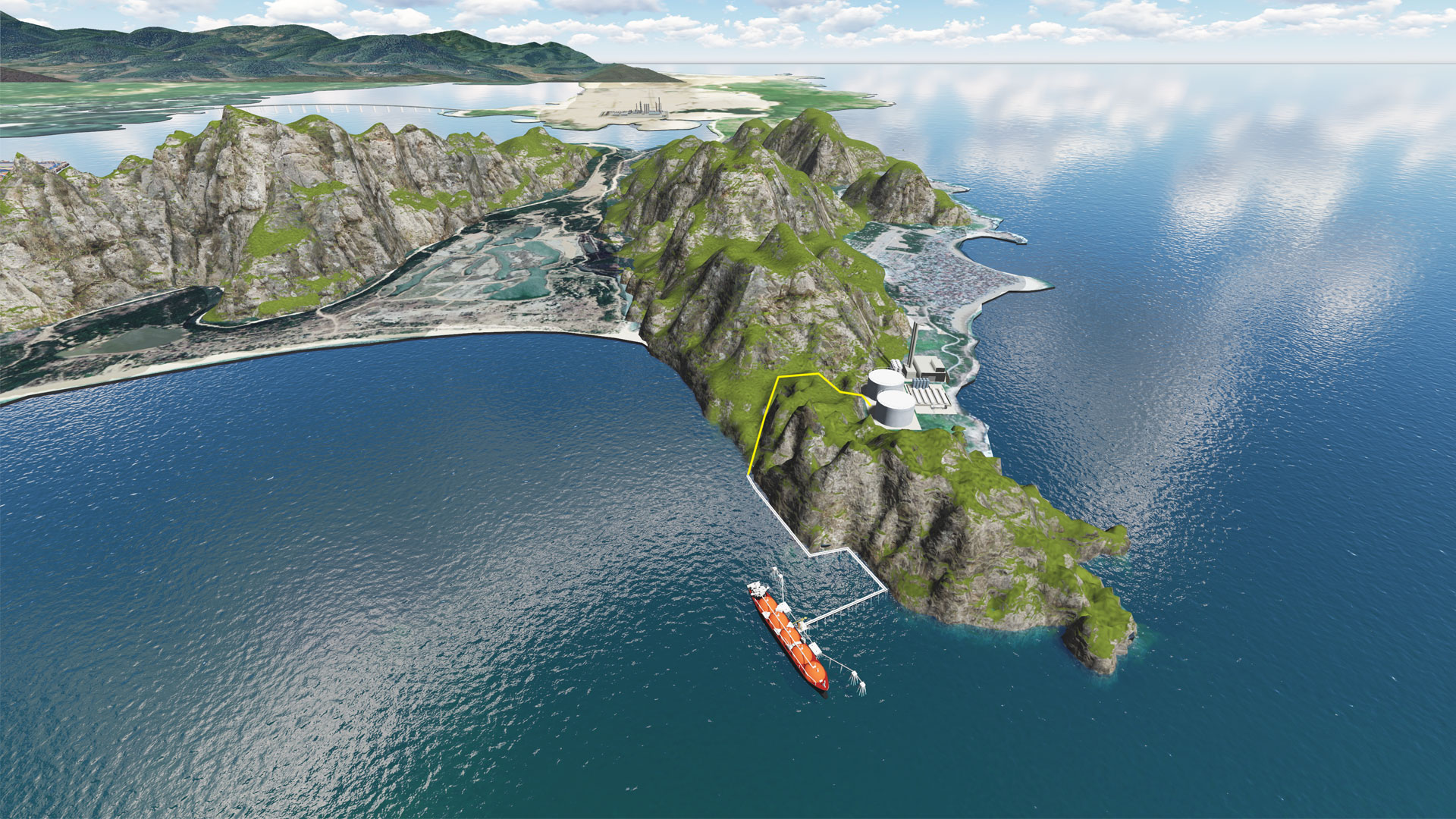Vietnam approves PDP8 – here’s what the future will hold

Shaping the Future of Renewable Energy in Vietnam
The PDP8 plan is a breakthrough for Vietnam’s energy sector – and the country as a whole.Drafted by a combination of industry experts, scientists, investors, ministries, IFIs, organisations, and committees, its approval marks a vital step in securing a future of sustainable and reliable energy.
The finalised plan is also a vital ingredient in unlocking funding for renewable projects. It outlines the $134.7 billion investment required to transform the country’s energy production, and provides insight into the numerous opportunities for foreign energy firms in this market.
As illustrated by the G7 nations’ pledge of $15.5 billion in initial funds, the plan’s execution will bring new levels of international investment to Vietnam’s economy.
Ultimately, PDP8 is set to ensure energy security and prioritise the development of renewable energy. It will see the widescale modernisation of infrastructure, and introduce innovative and sustainable production methods to the country.
If all goes according to plan, it will eventually more than double Vietnam’s power generation capacity, from 69 GW at the end of 2020 to 150 GW by 2030 – and enable the country to reach carbon neutrality by 2050.
But what will these changes look like in practice?
An increase in total capacity
It’s estimated that Vietnam will achieve an average GPD growth of 7% a year between 2021 and 2030, rising to a possible 7.5% by 2050. This inevitably means the country’s energy needs will grow significantly.Experts estimate that Vietnam’s commercial electricity consumption will reach approximately 335 billion kWh by 2025, and by 2050 that figure could reach an enormous 1,378 billion kWh.
The primary focus of the power plan, therefore, is on meeting these demands. But, vitally, it plans to do so in alignment with the Just Energy Transition Partnership, which will ensure the solutions incorporated are sustainable to unlock much-needed financial support.
A focus on renewable energy
Amidst a global effort to decarbonise, sustainability is at the heart of PDP8, with renewable energy like wind and solar power playing a significant role.By 2030, it’s estimated that wind power will make up over 18% of the country’s energy mix – a steep increase from the 0.8% it contributes today.
If executed successfully, the plan will see wind and solar power will meet almost 60% of the country’s power needs by 2050 – a remarkable feat considering Vietnam currently has no offshore wind generation at all.
Hydropower, biomass energy, Liquid Natural Gas (LNG), and improved storage capacities will also ensure a greener future for the country.
Phasing out unsustainable solutions
In addition to introducing new renewable production solutions, a huge part of reaching sustainability goals is phasing out production methods that have the biggest impact on the environment.With this goal in mind, PDP8 will see Vietnam reduce its long-term reliance on coal.
Energy plants that have been in operation for over 20 years will be converted to alternative fuels once this is a cost-effective and feasible option. And those over 40 years old, that cannot be converted, will eventually be decommissioned.
An increased focus on biogas and LNG will also replace many instances of coal-based production, with the ultimate goal of phasing out coal power generation entirely by 2050.
Our role in Vietnam’s energy sector transformation
With the approval of PDP8, Vietnam’s future looks bright. But to achieve its goals, the country will need huge investment in supporting infrastructure – as well as the help of expert consultants to implement the wide-scale changes required.
At Royal HaskoningDHV, we already have a large presence in Vietnam, with over 200 staff in the country since 1985. And our work there has played an important role in transforming the country’s energy landscape.
In recent years, we’ve been actively involved in some of its most important infrastructure and energy projects, including the LNG import terminals at Son My, Ca Na, and Thi Vai, the petrochemical refinery at Nghi Son, nearshore windfarms, and container terminals to name but a few.
PDP8 will provide further opportunities for us to help the Vietnamese government make the vital shift from fossil fuels to renewable energy. For instance, to oversee the shift to LNG, import terminals will be required. And this is an area where we have vast experience.
LNG is the cleanest non-renewable energy resource currently available and plays a key role in energy transition. Over the last 20 years, we’ve helped plan and design marine facilities for more than 100 NLG LNG terminals, using the latest digital technologies and our in-depth knowledge of engineering and local markets.
Similarly, our expertise and proven track record in renewables – including extensive experience with wind, energy, solar, and hydrogen projects – could play a major role in helping the country reach its targets.
For Vietnam, PDP8 signifies the first step towards a greener future, where the energy needs of a growing population are met with minimal impact on the planet. We’re excited to play a part in helping the government achieve its goals, and look forward to seeing what the future will hold.






